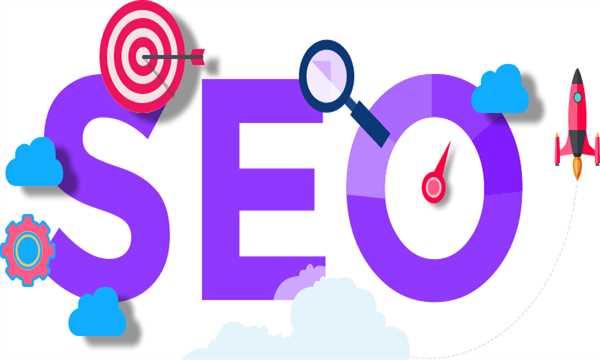 Crawling, indexing, and ranking are three fundamental concepts of search engine optimization
(SEO) that play a crucial role in determining a website's visibility and performance in search engine results pages (SERPs).
Crawling, indexing, and ranking are three fundamental concepts of search engine optimization
(SEO) that play a crucial role in determining a website's visibility and performance in search engine results pages (SERPs).
Crawling is the process by which search engine bots or spiders, such as Googlebot, systematically scan through the web to discover and collect information from web pages. The bots start by visiting a web page and then follow all the links on that page to find other pages. This process is done continuously to ensure that the search engines have the most up-to-date information about a website.
Indexing is the process of organizing and storing the information collected during crawling. Once a search engine bot crawls a web page, it analyzes the content and indexes the information in its database. The indexing process involves categorizing the content, extracting relevant information, and storing it in the search engine's database so that it can be quickly retrieved in response to search queries.
Ranking is the process of ordering the indexed pages in response to a user's search query. Search engines use complex algorithms to determine which pages are most relevant to a given search query and then rank them based on their perceived relevance and authority. The goal of ranking is to present the most useful and relevant content to users and provide them with the best possible search experience.
Optimizing a website for crawling, indexing, and ranking involves a variety of techniques and strategies aimed at improving a website's visibility and performance in search engine results pages. This includes keyword research, on-page optimization, link building, and technical SEO.
Keyword research is the process of identifying the most relevant and valuable keywords and phrases for a website based on user search behavior. On-page optimization involves optimizing the content and HTML source code of a web page to make it more search engine friendly. This includes optimizing title tags, meta descriptions, headers, and image alt tags.
Link building involves acquiring backlinks from other websites to increase a website's authority and relevance. Technical SEO involves optimizing a website's technical infrastructure, such as page speed, mobile responsiveness, and site structure.
In conclusion, crawling, indexing, and ranking are essential components of search engine optimization that work together to improve a website's visibility and performance in search engine results pages. Optimizing a website for crawling, indexing, and ranking requires a comprehensive and holistic approach that involves a variety of strategies and techniques aimed at improving a website's relevance, authority, and user experience.